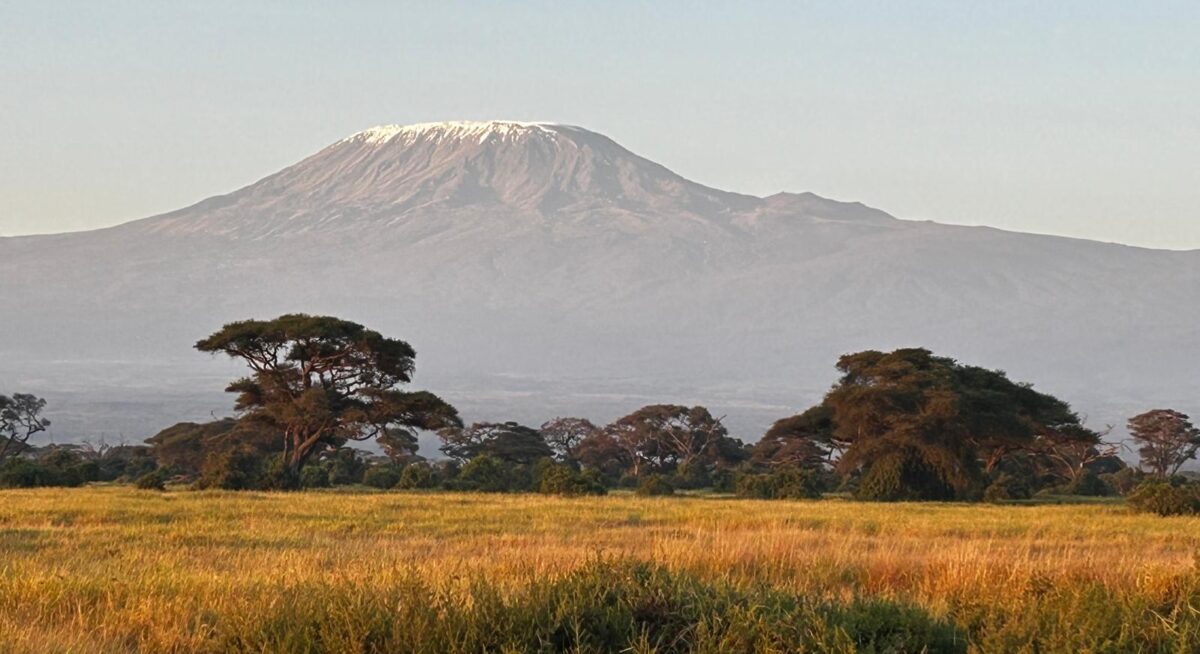After leaving Lesotho, I headed southeast back towards the coast to begin my journey along the eastern Cape back to Cape Town. I had a random one-night stopover en route to my next destination, Dwesa Nature Reserve on the coast:

Dwesa Nature Reserve is administratively combined with the adjacent Cwebe Nature Reserve in the Eastern Cape Province. Parts of the Reserve were established in 1927 and later expanded in 1975, covering an area of 21 square miles, and it is combined with the Dwesa-Cwebe Marine Protected Area, established in 1989 and covering an area of 74 square miles. On one side, the reserve is surrounded by the Indian Ocean, and on the other by rugged coastal , scarp forest, coastal scrub (i.e., dense tangle of short trees, shrubs and vines that is almost impenetrable) and coastal grasslands. The Reserve is split into two parts (Dwesa and Cwebe) by the Mbashe River. I only visited the Dwesa part of the Reserve as it is the only part with public camping. I spent two wonderful nights in the Reserve and on my full day I took a six-hour hike through the Reserve to one of the rocky headlands, as shown in these photos:





I camped at the Dwesa public campsite. Interestingly, when I arrived at the gate after driving two hours on gravel road from the main highway, they told me that there were no accommodations because everything was undergoing renovation, including the campground. Consequently, the place was empty except for a few staff at the gate and reception. After a few lost heart beats, thinking I would have to retrace my path and find another place to stay, I talked them into letting me camp because I am totally self-contained; i.e., I have my own water and don’t really need a flush toilet. So, I had the entire Reserve, including the campground to myself. And what a delightful campsite it was, situated in an opening within the coastal scrub along a small stream a short distance from the beach. However, if all the designated sites had been occupied it would have been a zoo, as the sites are packed together with barely enough room for a vehicle and tent. I parked the Green Dragon under a large flowering tree that was buzzing all day with sunbirds and weavers -glorious. Here’s my campsite:

Although this Reserve protects important indigenous coastal ecosystems (i.e., scarp forest and coastal scrub and grassland), I was surpised and disappointed at how run down the infrastructure was: roads mostly overgrown and impassable, signs non-existant or grow over, structures old and falling apart, foot bridges falling apart, etc.. I was quite surprised, because South African Parks are generally extremely well maintained. They claimed they were renovating the facilities, which were supposed to be done in June, but I saw almost no evidence of renovation except one new building that I think is going to be an ablution for the campground. What a shame. This Park at one time must have had top-notch infrastructure and accommodations, but clearly they abandoned all maintenance years ago and everything is deteriorating. The supposed renovation hasn’t even scratched the surface. The hired workers are mowing the grass while the buildings and bridges and roads are falling apart – go figure. Sorry, I digress, but it’s just because this is so atypical of South African Parks.
Ok, sadly, I am off to my last wildlife park and safari, Addo Elephant National Park. See you there.
New Species:
- Green twinspot
- Greater double-collared sunbird
- Southern boubou
- Kysna woodpecker
- Olive woodpecker
- Cape ganet
- Blue-collared crested flycatcher
